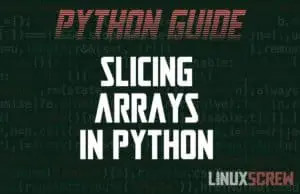Home » 2021
TwisterOS For Raspberry Pi Does It All [Screenshots/Review]
Here’s a screenshot-heavy review of Twister OS – a weird, kitchen-sink included Linux OS for Raspberry Pi with tools for emulation, gaming, and overclocking. It even comes with Windows and macOS themes! Rather than make you read about what it does, I’ve included screenshots walking through the process of downloading, installing, and running Twister OS. I’ve included some commentary, but the screenshots should let you decide for yourself whether you want to give this odd OS a go. First up, downloading and installing Twister OS … Read more

![TwisterOS For Raspberry Pi Does It All [Screenshots/Review] 1 twister os for raspberry pi](https://cd.linuxscrew.com/wp-content/uploads/2021/12/twister-os-for-raspberry-pi-300x194.png)





![How to Add/Append Items to a Dictionary in Python [Examples] 7 Add Item to Python Dictionary](https://cd.linuxscrew.com/wp-content/uploads/2021/11/python-add-item-to-dictionary-300x194.jpg)


